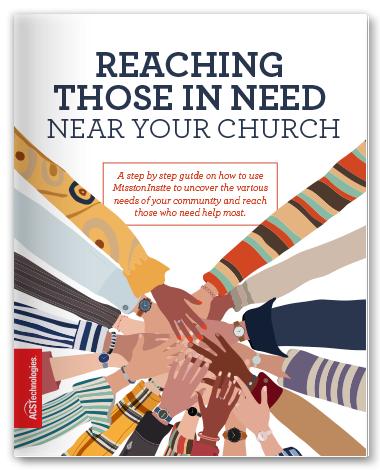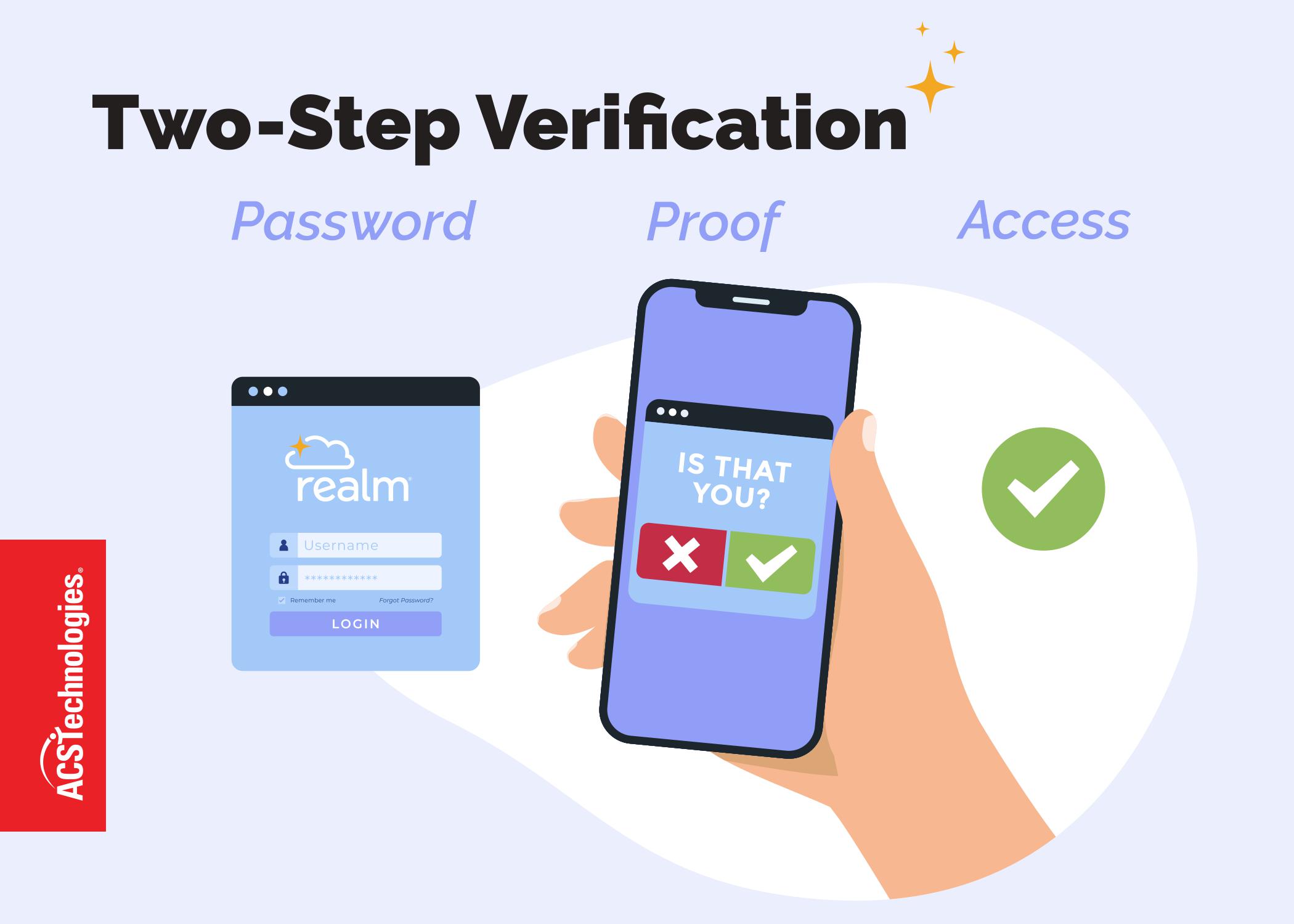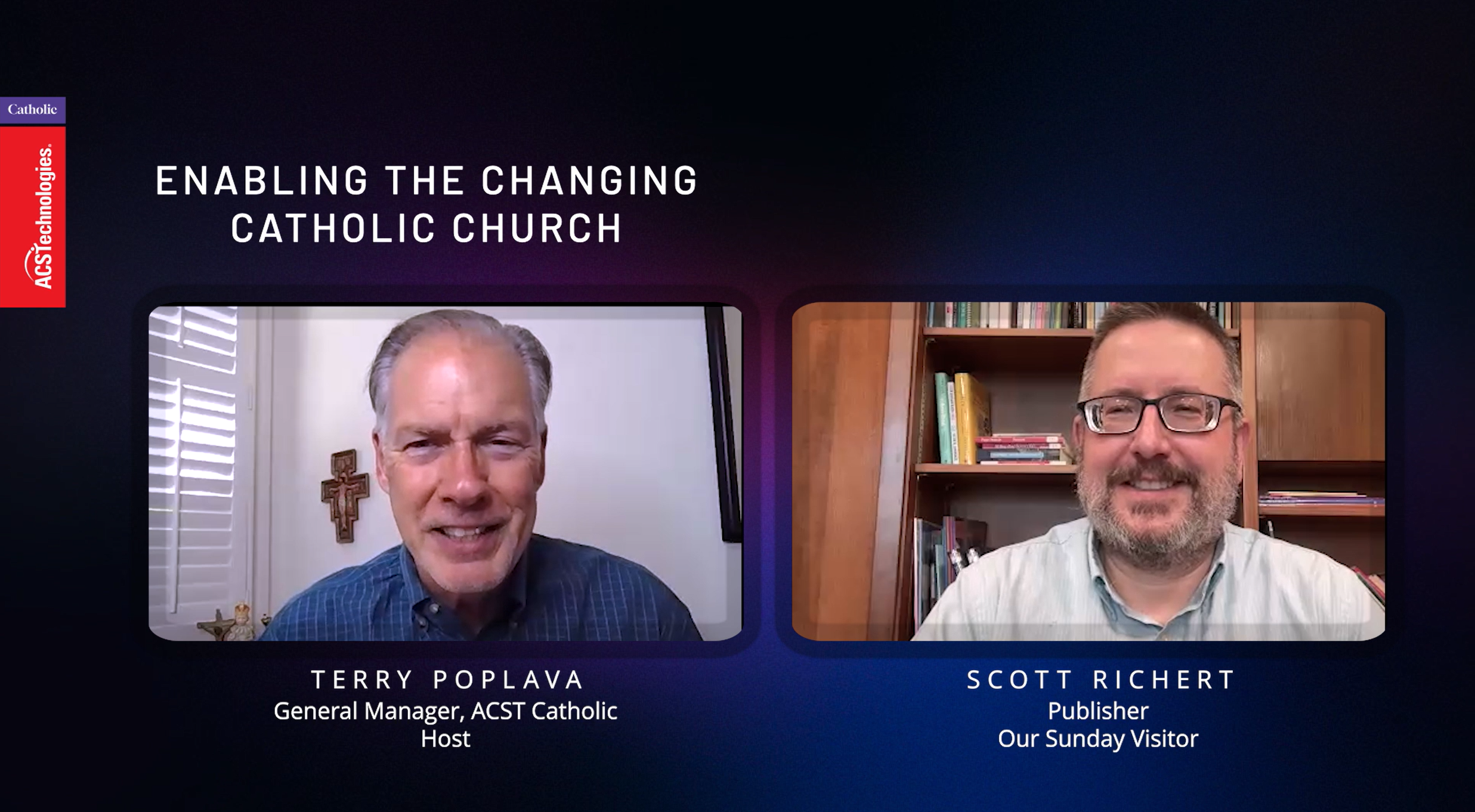Most of what is done in the church is done in the context of community. We learn from one another, serve together, meet each other’s needs, and have fun collectively.
God designed his Church to be a pluralistic group of people in a covenant community together. Ways the church can serve the community are emphasized in Galatians 6:2, where we are quickened to “Carry each other’s burdens, and in this way, you will fulfill the law of Christ.” In order to do this and discover the key to unlocking service and outreach, we need to ask the following:
- Who makes up your community?
- How do they get to your church?
- Do you know their needs?
- And how will you reach them?
The recently published step-by-step guide, Reaching Those In Need Near Your Church, details how to use MissionInsite to uncover the various needs of your community and reach those who need help the most.
STEP 1:
Choosing the best method to define the boundaries of your community is an important first step in order to be able to identify those in need. This area will be used to understand who is in your community. There are many ways to define boundaries:
- custom geographic boundaries
- drive time boundaries
- zip codes
- cities
- counties
- set distance radius
Once you decide upon which method to use to define your community, you’ll be ready to use the MissionInsite software to map out this study area. This is where technology and church growth work hand in hand.
→ MissionInsite TIP:
You do not want to expand so far out that the data no longer represents your current community. Nor do you want to concentrate too close to the campus that you exclude individuals you have the potential to impact and serve. Depending on your church size, reach, and location, consider starting with a drive time radius of 10 – 30 minutes from your church campus.
STEP 2:
Understanding your community is the next step after defining “what” your community is. It is a deeper look into understanding “who” they are. This is the context of your community. Unfortunately, it’s nearly impossible to talk personally with each of the people in your community. And to understand their individual wants and needs. Each household within your defined community has different:
- beliefs
- ages
- interests
- customs
- values
- incomes
- education levels, etc.
This (surprisingly simple) process can be done by pulling reports using MissionInsite that will tell you everything you need to know.
→ MissionInsite TIP:
This report will contain everything you could ever want to know about your community demographically. You’ll also want to pay special attention to the “Mosaics” (behaviors, attitudes, and preferences of the households) in your defined community.
Access to demographics analysis tools allows you to get specific insights into the various enclaves of your neighborhood, helping you target outreach, service, and ministry ideas for church campaigns and other initiatives for maximum impact. A data-driven approach to knowledge holds a lot of insight and power. A good demographics study is the starting point for launching anything. Knowing what area defines your community and who they are will give you the ability to understand them and know their needs.
Visit ministry blog posts to further connect with our insightful Church Growth Resources. You can subscribe, and they will come straight to your inbox!
Reaching Those In Need Near Your Church
Studies show that more and more people around us are not being reached by local churches. It can be hard to discern how to reach those unreached people in your community.
This free guide can help. This resource provides key insights that can show you how to leverage digital tools like MissionInsite to:
- Define the community you’re trying to reach.
- Learn some of the demographic details of your neighbors.
- Understand the needs and program interests of nearby people.
Drake serves as an ACS Technologies Business Development Manager. He’s been with ACST for 4 years as a trusted advisor for clients and partners, focusing on process improvement, leadership development, and metrics for success. Drake enjoys time with his family and participates in various roles at his church.





